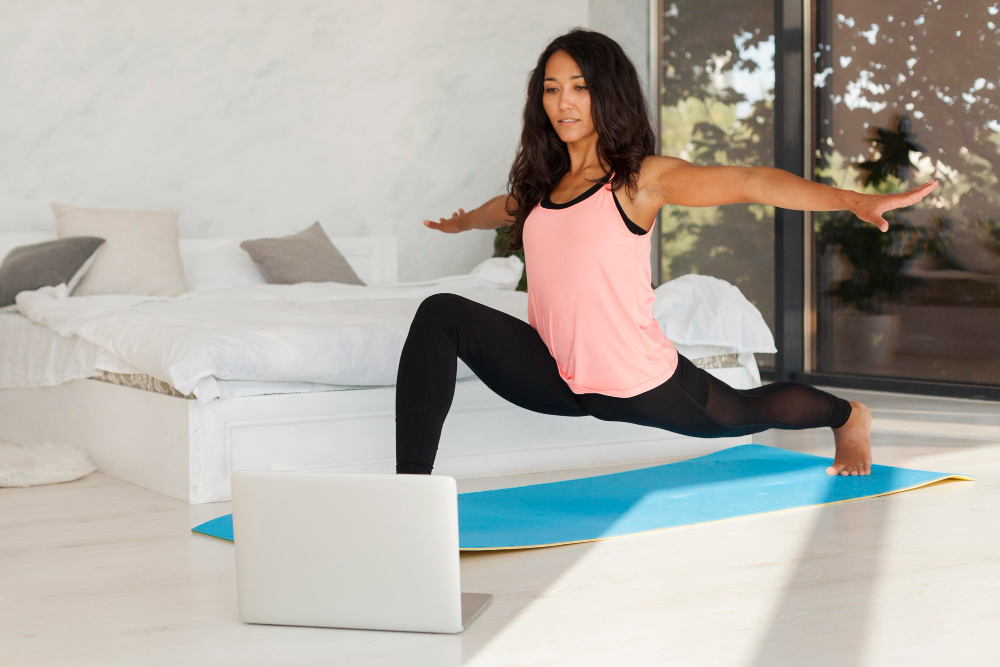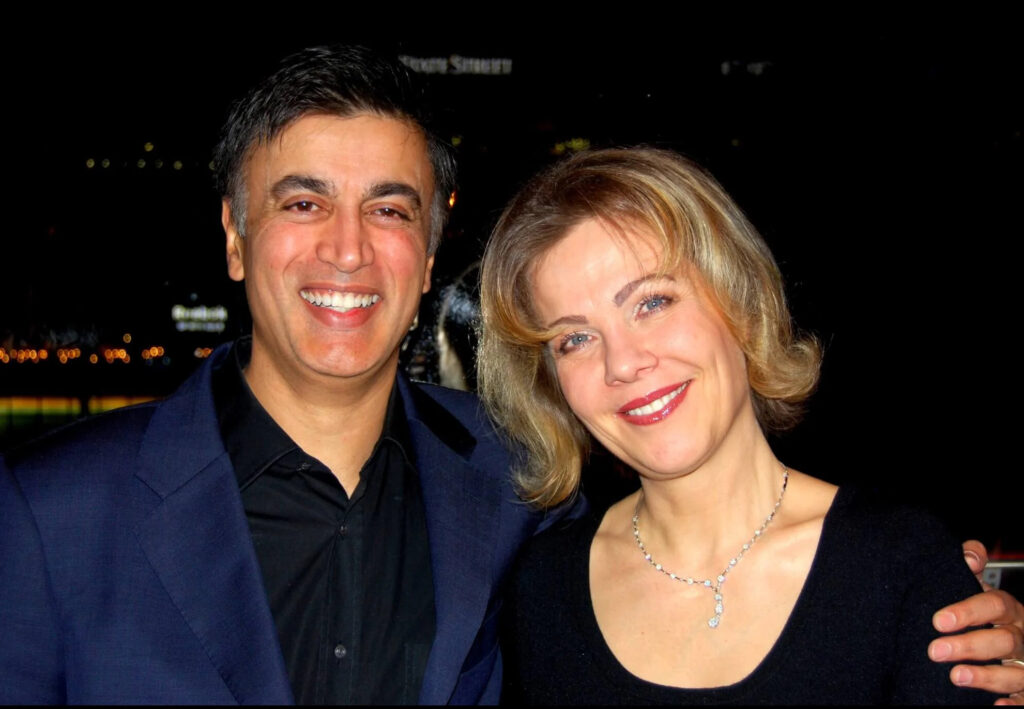Finding Your Zen with the Best Meditation Positions

Finding the proper meditation pose can significantly enhance your practice in the quest for inner peace and mindfulness. Whether you’re a beginner or an experienced practitioner, this guide introduces the 8 best meditation positions to help you achieve more profound relaxation and concentration. Let’s explore these poses, each offering unique benefits to your meditation experience.
1. The Classic Lotus Pose (Padmasana)
The Lotus Pose is perhaps the most iconic meditation pose, symbolizing purity and awakening. To achieve Padmasana, sit on the floor, cross your legs, and place each foot on the opposite thigh. This pose encourages a straight spine, facilitating better breathing and focus.
- Benefits: Enhances posture, reduces stress, and increases calmness.
- Challenges: It may be difficult for those with tight hips or knee issues.
2. The Easy Pose (Sukhasana)
A more accessible alternative to the Lotus Pose, Sukhasana, involves sitting with crossed legs and a straight spine, but without the need to place the feet on the thighs. This meditation pose is ideal for beginners or those with flexibility constraints.
- Benefits: Promotes a calm mind, strengthens the back, and improves posture.
- Challenges: Staying in this position for extended periods can be uncomfortable for some.
3. The Seated Chair Pose
Not all meditation poses require sitting on the floor. The Seated Chair Pose allows you to meditate with both feet firmly on the ground, back straight, and hands resting on your lap. It’s perfect for those with mobility issues or during office breaks.
- Benefits: Accessible, supports the back, and helps maintain focus.
- Challenges: Finding a chair that allows for a comfortable, upright posture.
4. The Kneeling Pose (Vajrasana)
Vajrasana, or the Kneeling Pose, is performed by sitting on your heels with your knees bent and toes touching. This meditation pose helps in digestion and promotes a grounded feeling during meditation.
- Benefits: Aids digestion, strengthens thigh muscles, and fosters a sense of stability.
- Challenges: It may be tough on the knees and ankles for some individuals.
5. The Standing Pose (Tadasana)
Meditation doesn’t always mean sitting. Tadasana, or the Standing Pose, involves standing with feet hip-width apart, arms at your sides, and eyes closed. It brings a different energy to your meditation practice, promoting alertness and physical strength.
- Benefits: Improves posture, balance, and focus. Energizes the body.
- Challenges: Staying still and focused while standing can be challenging.
6. The Lying Down Pose (Savasana)
Savasana, or Corpse Pose, is a restorative meditation pose in which you lie on your back with arms and legs comfortably spread apart, eyes closed. It’s an excellent way to end a meditation session, allowing your body to relax and absorb the practice’s benefits fully.
- Benefits: Relieves stress, reduces blood pressure, and enhances deep relaxation.
- Challenges: Some may find it difficult to stay awake.
7. The Half-Lotus Pose (Ardha Padmasana)
The Half-Lotus Pose is a gentler variant of the full Lotus. In this meditation pose, only one foot is placed on the opposite thigh while the other rests beneath the thigh of the crossed leg. It’s a step towards achieving the full Lotus Pose without straining.
- Benefits: Improves flexibility, aids in relaxation, and strengthens the spine.
- Challenges: It can still be difficult for those with tight hips.
8. The Thunderbolt Pose (Vajrasana Modification)
A variation of Vajrasana, the Thunderbolt Pose, involves sitting on your heels with a cushion or yoga block between your legs for added comfort. It’s an excellent meditation pose for those seeking a compromise between comfort and traditional floor sitting.
- Benefits: Facilitates better digestion, strengthens pelvic muscles, and promotes concentration.
- Challenges: It might be uncomfortable for the ankles over long periods.
Conclusion
Exploring different meditation positions can profoundly impact your practice, enhancing physical comfort and mental focus. Remember, the best meditation pose is one that allows you to meditate deeply and comfortably, regardless of its complexity. We encourage you to try these poses, find the ones that suit you best, and integrate them into your daily practice.
As you continue to explore the transformative power of meditation, we invite you to engage further by commenting on this post about your experiences or sharing it with others who might benefit from it.
Additionally, consider exploring our related services designed to support your meditation journey. Your path to mindfulness and relaxation is uniquely yours, and embracing the proper meditation pose can make all the difference.
Read More:
Couple Yoga Poses
Related Posts

Excel in Online Yoga Classes

Achieving Radiant Skin with The Hot Yoga Glow
About Us


